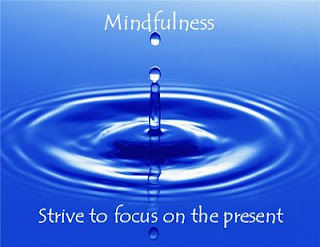I return to last week's topic. What follows is an excerpt of what you can find in full here.
I happily affirm that Buddhist-inspired Mindfulness Based Stress Reduction (MBSR) and Christian faith are compatible, as we wrote in a summary of the three-year study at the last church I pastored.
And yet, even some of my favorite modern Buddhist writers—such as Thich Knat Han and the Dalai Lama—often present a limited form of Buddhism, known as "Buddhist Modernism," presented as particularly, even uniquely, compatible with science. This variety, which David McMahan says emerged in the 19th century in response to various cultural forces, frequently presents itself as “mind science,” especially based on mindfulness meditation.
I’m certainly not denigrating Buddhism, but highlighting the limits of the version that speaks to the growing SBNR population (one of the largest segments in of the U.S.) who frequently tell me, “I want spirituality, not religion.” The problem is that this kind of spirituality generally has little to say to science. It’s “separate but equal,” which really means segregated to one small part of us—our inner life.
Minimalistic spirituality has minimal interaction with science.
Let me simply offer one vector for how this guides our work as Christians.
Listen to what physicist and Nobel laureate Ernest Walton put so well:
“One way to learn the mind of the Creator is to study His creation. We must pay God the compliment of studying His work of art and this should apply to all realms of human thought.”
We can bring the questions and insights of science to church and admit that sometimes, yes, the interaction is messy.
But the payoff is great. This kind of Christianity is not sequestered and limited, but expansive and beautiful because it speaks of the God who fills not just our inner lives, but also the entire universe.

